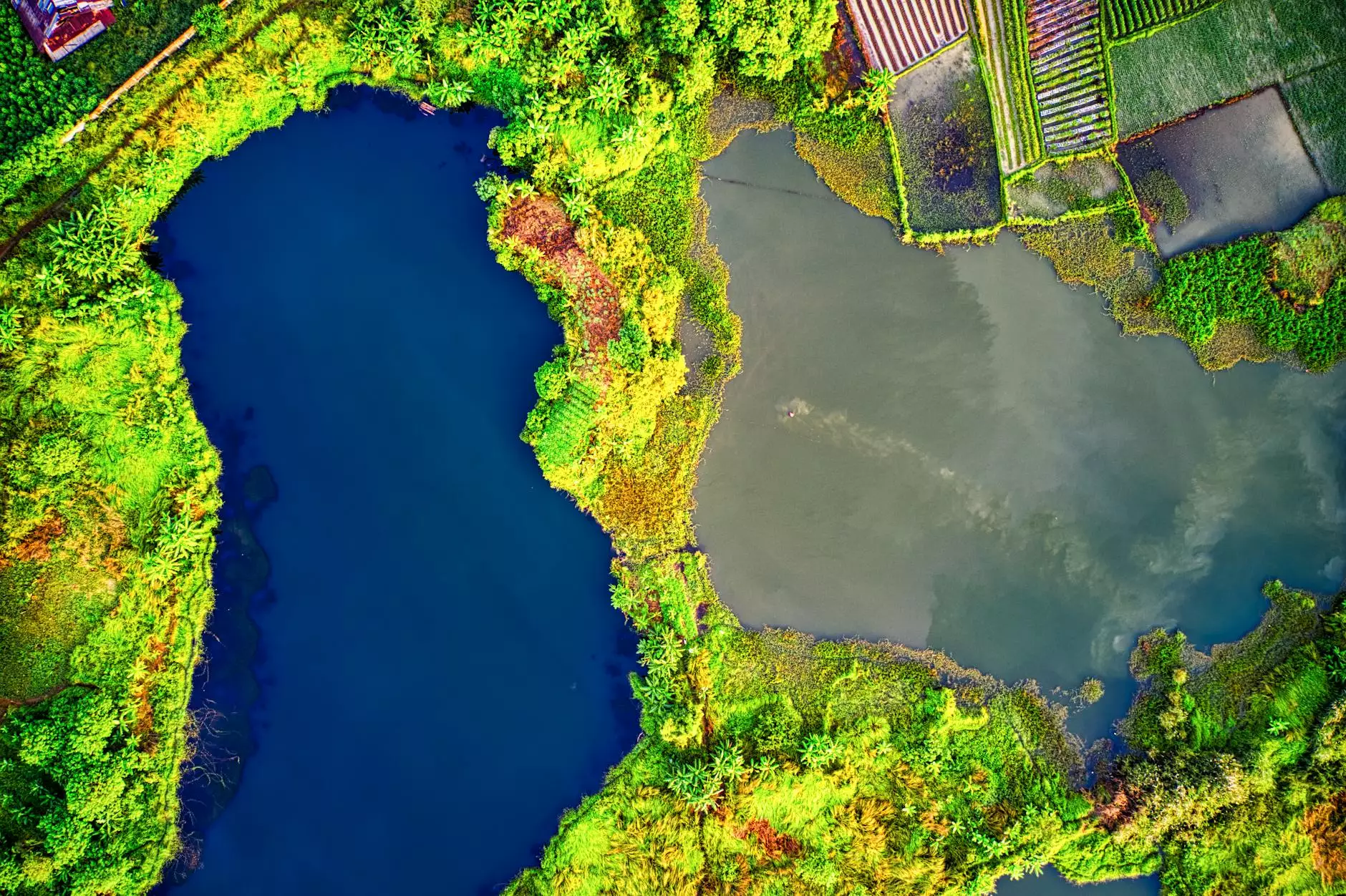Describe Pattison's Four Traditions in Geography

Welcome to The Knowledge Nest, your go-to destination for deep insights into various subjects. In this article, we will delve into Pattison's Four Traditions in Geography, a framework that aids in understanding the multifaceted nature of this field.
The Knowledge Nest - Your Gateway to Understanding Geography
Geography, as an academic discipline, encompasses a wide range of approaches and perspectives. The four traditions proposed by John Pattison in 1964 provide a framework for categorizing these different approaches, allowing geographers to better comprehend the intricate connections between people, places, and environments.
The Spatial Tradition: Expanding Frontiers
The Spatial Tradition highlights the physical aspects of geography, focusing on the arrangement and distribution of various phenomena across different spatial scales. It explores how humans interact with their environment and analyzes the spatial patterns that emerge from these interactions. This tradition encompasses sub-disciplines such as cartography, remote sensing, and geographic information systems.
The Area Studies Tradition: Investigating Specific Regions
The Area Studies Tradition emphasizes in-depth investigation and understanding of specific regions. Geographers studying this tradition delve into the unique characteristics of particular places, exploring their cultural, social, economic, and physical attributes. This tradition plays a crucial role in fostering a comprehensive understanding of regional dynamics and enables policymakers to make informed decisions that positively impact communities.
The Human-Land Tradition: Unveiling Human-Environment Relationships
The Human-Land Tradition focuses on the intricate relationship between humans and their environment. It investigates how human activities impact physical landscapes and the reciprocal influence of natural conditions on human societies. Geographers under this tradition study topics such as urbanization, sustainability, and environmental planning, aiming to enhance our capacity to develop sustainable solutions that promote human well-being while preserving the integrity of ecosystems.
The Earth Science Tradition: Exploring Physical Processes
The Earth Science Tradition extends geographers' understanding of physical processes that shape our planet. It examines phenomena such as plate tectonics, climate change, and natural hazards, incorporating scientific approaches to unravel the complexities of our dynamic Earth. Geographers studying this tradition employ tools and techniques from fields such as geology, meteorology, and geomorphology to gain insights into the physical forces that shape landscapes, weather patterns, and natural events.
Unlocking the Power of Geographical Knowledge
At The Knowledge Nest, we strive to provide comprehensive insights into various disciplinary frameworks, including the Four Traditions in Geography put forth by John Pattison. By understanding these traditions, aspiring geographers and enthusiasts alike will gain a solid foundation to explore the diverse aspects of geography within the context of Community and Society.
Our team of expert writers will continue to produce valuable content to fuel your intellectual curiosity. Feel free to explore our extensive collection of articles and resources related to geography and other engaging topics. Let us be your guiding light in unraveling the wonders of our world.
Stay Informed, Stay Curious
Subscribe to our newsletter to receive regular updates on new articles, research papers, and thought-provoking content. Join The Knowledge Nest community today and embark on a journey towards knowledge and enlightenment.
Disclaimer
The information presented in this article is for general informational purposes only and should not be relied upon as professional or academic advice. Consult with a qualified expert or academic institution for specific guidance related to your geographical studies or research.









